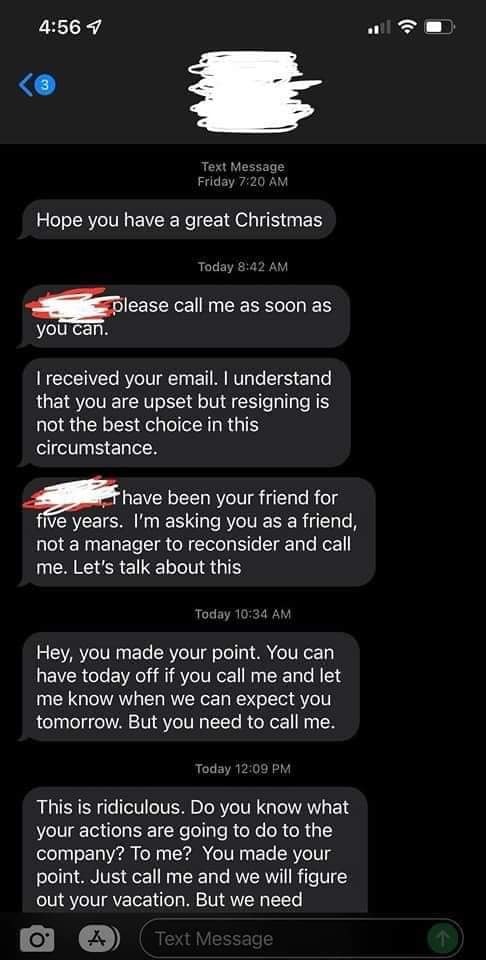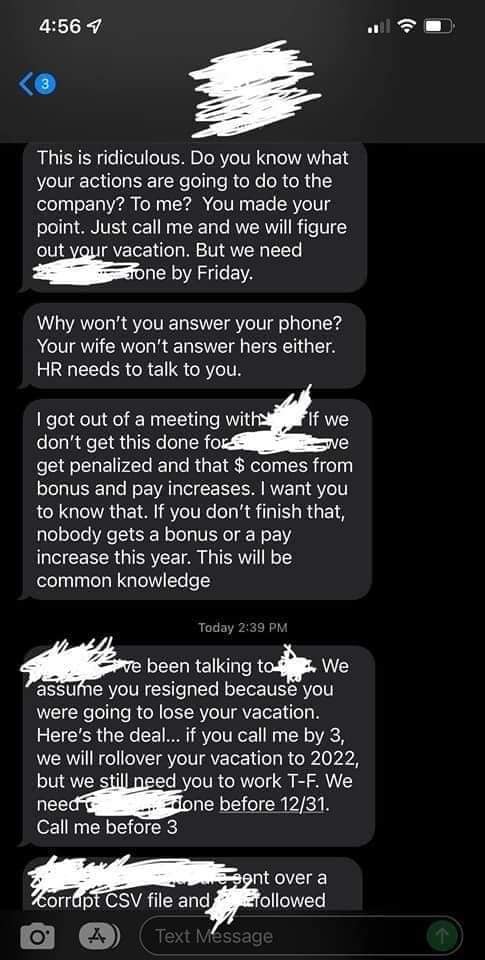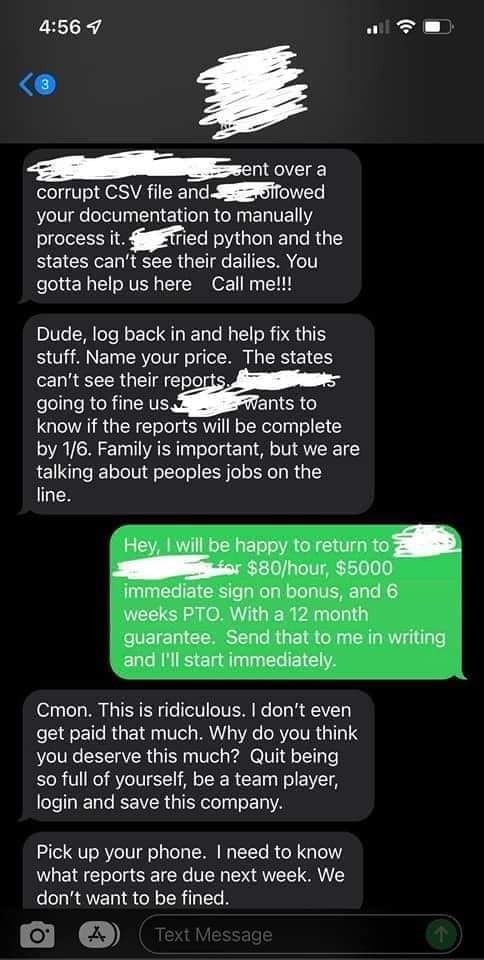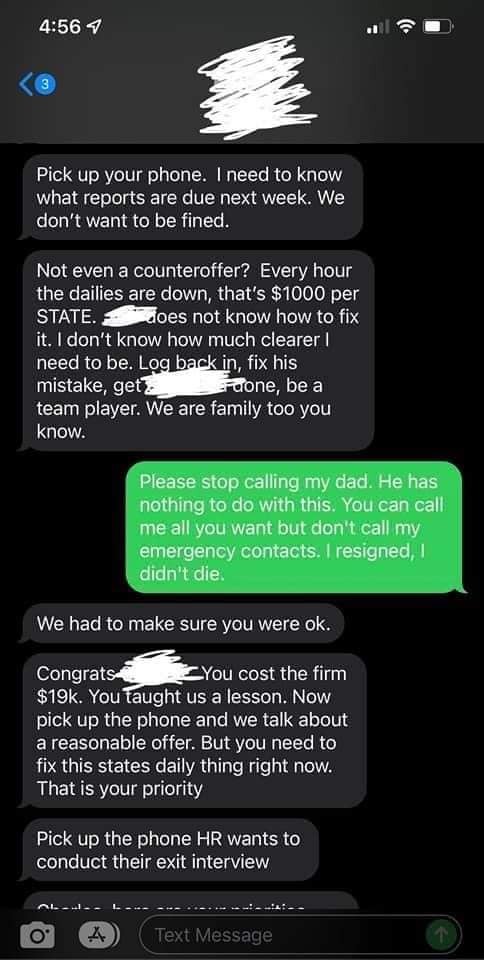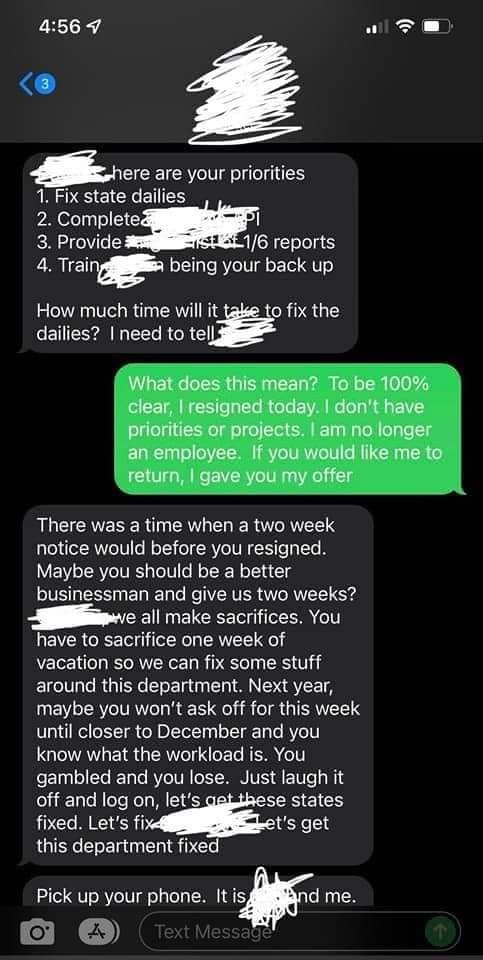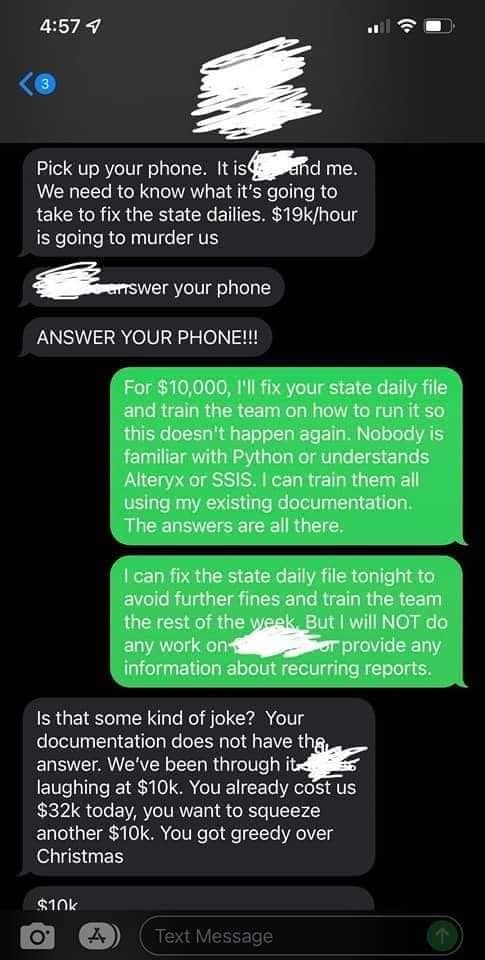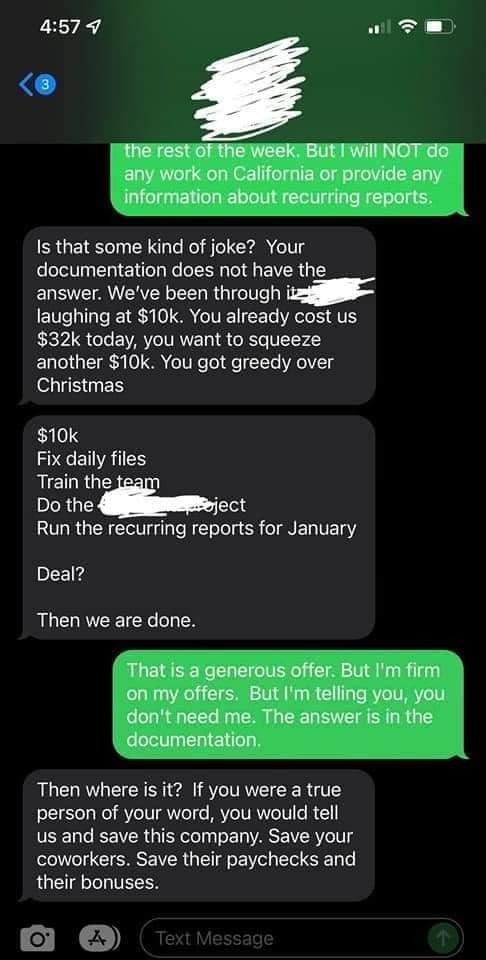Abercrombie & Fitch, 2003, Shot By Bruce Weber.

Abercrombie & Fitch, 2003, shot by Bruce Weber.
More Posts from Quandrixing and Others
Shoutout to the photomash paper background I slap on all of my Procreate canvases so I can trick my brain into drawing better (it hates solid colors)
I feel like I should make a post about this because it’s not something that’s very well-known, and that Americans in particular may need to know about given the uncertain state of our healthcare system at the moment. I’ve wanted to write this out for a while, It’s kind of a long post, so sorry about that!
If you have an emergency and have to go to the hospital, you’ll owe the hospital a lot of money. (I got into a car wreck and broke my ankle and my arm. My hospital bill was around $20,000)
You’ll also owe the ambulance provider, if you need one. (My ambulance bill was about $800)
You may get separate bills from the anesthesiologist or surgeon. (My anesthesiologist bill was $1,700)
You may need follow-up appointments. (My orthopedic surgeon billed me for the appointments and his surgery together and it was about $1,000)
You’ve also got to pay for medical equipment you need afterward, like crutches or a walking boot. (Mine cost about $75)
Altogether, I ended up with almost $24,000 in medical debt from one car accident. That’s a really scary number for someone like me who makes $10/hr at a 12 hour a week job.
I got my debt down to $1075 by making some phone calls and submitting some paperwork.
The first thing I did was contact the hospital. They don’t make it easy to find, but many hospitals (perhaps most hospitals?) have financial assistance programs for people who can’t afford medical bills. I don’t make a lot of money, and I have bills to pay, so they were able to help me. I called the billing department and asked if they had any assistance programs for low income people who can’t pay their bills. I had to call multiple times, and I got transferred in circles by people who didn’t know what I was talking about. Finally, I got an appointment with someone in “Eligibility Services” (I don’t know what other hospitals call it, if it’s something different). I had to bring my pay stubs and copies of all of my bills. When I got to the hospital for the appointment, nobody knew what I was talking about so I had to wander a little to find where I needed to go. I spoke with the guy in Eligibility Services, and I waited for a decision on how much of the bill they would forgive. A month later, I got a call telling me it was totally forgiven.
I did the same thing for my ambulance bill and my anesthesiologist, but the process was a LOT easier. I just had to mail some paperwork and it was totally forgiven.
I didn’t bother with the medical equipment suppliers, since the bills came from separate companies and I didn’t feel like going through the process twice for $75. I was assured at the hospital that they had similar programs for debt forgiveness, so I could have probably avoided paying that too.
The only thing I couldn’t get taken care of was the surgeon/follow-up appointment cost, but they were able to put me on a no-interest payment plan.
Medical debt is scary because it’s something that can come from stuff that’s already really scary. I didn’t need the burden of $24,000 in debt on top of trying to get around on a crutch with a broken arm (it’s not easy, believe me!).. but I can’t imagine what it would be like with a bigger debt or a more severe medical emergency. I see lots of people in even worse trouble than I was in, both financially and medically. Please know that there are options for you when that GoFundMe doesn’t do enough. Even if your income is higher than mine, it’s worth a shot even for partial debt forgiveness.
Throwback thursday to when I was like 12 and I was putting out new writing DAILY...... Like entire Chapters of my then-current wips just, over an afternoon. What the fuck was I on
What if the fade being ripped open in da:i has nothing to do with templars and mages but everything to do with those weird side quests in da:o like activating the places of power and watch guard of the reaching and summoning sciences
I mean the warden did a bunch of weird shit in da:o without fully understanding what any of it does
Reblog if you’re over 20 and still read/write fan fiction.
I’m curious!
That last post reminds me, I've been meaning to do this up for a while.
An incomplete list of games I personally recommend as a narrative dev from a "Gosh I loved their narrative design and these aren't AAA" perspective, some of which are on sale in that celebration:
Mutazione: "A mutant soap opera where small-town gossip meets the supernatural. Explore the Mutazione community as Kai as she cares for her ailing grandfather. Discover magical gardens, new friends & old secrets. They can survive an apocalyptic meteor strike, but can they survive their small-town drama?" I adore this game. It has lingered with me since I played it in 2019. The character writing is excellent, and the structure of the narrative is delightful. A gem that deserves to be far more widely known.
Amarantus: "Arik's been told two things all his life: a tyrant is ruling the country, and somebody needs to do something. Now forced to flee his house after a midnight attack, his parents captured and his house torched—maybe somebody means you. It's time to gather a party, head to the capital, and take the Lord down. Along the journey, this crew of old friends and new strangers will grow closer—or further apart—as your choices guide Arik to win friends, make enemies, play matchmaker, and break hearts. Romance is not guaranteed: messiness is." (Disclaimer: friend of a friend made this) Amarantus is a deeply gripping visual novel, which plays with the format in a very compelling way. The worldbuilding is intricate, the characters incredibly human and incredibly messy, and it rewards multiple playthroughs to develop a deeper understanding of the overall situation. I would also strongly rec If Not Us, by the same developer, for the same reasons.
Sunshine Shuffle: (Disclaimer: friends made this) "Play cards with a group of adorable animal friends who robbed the largest bank on the Eastern Seaboard 12 years ago, and are willing to let you decorate their boat in return for not being executed by the mafia." Sunshine Shuffle is not for everyone, but it uses the structure of the poker games to deliver the narrative with a controlled pace that has really gripping emergent tension. The character writing is as ever the strongest part of the experience, and I think this is one of the more niche Strange Scaffold titles but it's also my personal favourite.
Roadwarden: "Roadwarden is an illustrated text-based RPG that uses isometric pixel art and combines mechanics borrowed from RPGs, Visual Novels, adventure games and interactive fiction." Roadwarden is at the time of writing $5.39NZD and you should play it. Please play Roadwarden. It's a ridiculously ambitious project, sprawling and lush with some cutting choice branches that had me get up and physically go pace around as I thought through the ethical ramifications as well as the roleplay ones.
Citizen Sleeper: "Roleplaying in the ruins of interplanetary capitalism. Live the life of an escaped worker, washed-up on a lawless station at the edge of an interstellar society. Inspired by the flexibility and freedom of TTRPGs, explore the station, choose your friends, escape your past and change your future." I adore Citizen Sleeper, another incredibly ambitious project that is able to get away with everything it does thanks to the heavy stylization (you will notice a trend here). I can't wait to play the sequel, I find this one hard to talk about because I never want to risk spoiling anything about it. Just an absolute treat. Left me feeling uplifted and hollowed out in equal measure at times. Big wins for fungi fans also.
The Life and Suffering of Sir Brante: "A narrative-driven hardcore RPG set in a gritty world ruled by real but unrelenting gods. Set out on a challenging lifetime journey, where every choice has a price and entails consequences. Will you become an inquisitor, a judge, or conspire against the old order? Dare to decide!" Another incredibly ambitious RPG project and one that haunts me deeply. Punishing, fascinating, with excellent character writing and immense replayability. I've done at least 9 runs of this game. I am chomping at the bit for the sequel. If you like exploring fictional theology, you'll potentially have a fantastic time over here.
Murders on the Yangtze River: ""Murders on Yangtze River" is an Ace Attorney-like detective game that takes you on a journey through early 20th century China as you solve a series of intriguing cases. Use your logical reasoning and deduction skills to uncover clues, interrogate suspects, and solve the mysteries." One of my recent favourites. Plays with the format in a very refreshing way, has rock solid mystery writing, and provides also an educational encylopedia to provide historic context around a lot of the things that come up! I've so far convinced at least 7 people to play it, and not a one has regretted that choice.
Tyrion Cuthbert: Attorney of the Arcane: "In Tyrion Cuthbert: Attorney of the Arcane, you play as a defense attorney who practices law in a world of fantasy and wizards. You must defend clients accused of various crimes committed using magic and use the rules of magic to prove them innocent." Far more directly than the last title in this list, TCAA is directly influenced by AA in an absolutely undeniable way, borrowing from the stylistic presentation of that series near 1:1 at times. However, beyond that aesthetic presentation is rich mystery writing that plays with its premise in a really fun way. You're basically playing as a lawyer in a D&D setting, and using the written spell descriptions in the cases. I found myself wishing they went in a little harder on that at times, but it's a really really fun ride that has some interesting innovations. I'm looking forward to the next project from this team immensely. Only a couple of frustration points based around needing to use very specific phrasing to progress.
Mouthwashing: "The five crew members of the Tulpar are stranded in the empty reaches of space, shrouded in perpetual sunset. God is not watching." If you haven't heard of Mouthwashing at this point, you should. Absolutely stellar. Only game that's ever made me dig out video editing software so I could assemble a private personal chronological viewing experience. Really hard to talk about without spoiling the whole thing. Not a light playthrough.
Wandering Sword: "Wandering Sword is a Chinese martial-arts RPG where you play a young swordsman caught up in a feud and nearly dies. Escaping the event puts you on the path of pursuing the highest form of martial arts and exploring the pugilistic world to become the great hero you are always destined to be." Ohhhh my god I love this game. It's vast. Dizzyingly ambitious for a debut RPG. Yuwen Yi is a fantastic authored protagonist and I would die and kill for him. I need to play the DLC and cry some more. The combat system is incredibly fun. I undid hours of progress to save my favourite rat man from destruction. I saved another man's life by not liking him.
The Rewinder: "The Rewinder is an adventure puzzle game based on Chinese mythology. You play as Yun, the last known Rewinder, who can communicate with spirits and explore other people's memories to alter the past" Absolutely stunning presentation on this one. A relatively short experience, but very compelling. Did make me do math, which I personally needed help for, but I loved the story it told and how it did it.

The data does not support the assumption that all burned out people can “recover.” And when we fully appreciate what burnout signals in the body, and where it comes from on a social, economic, and psychological level, it should become clear to us that there’s nothing beneficial in returning to an unsustainable status quo.
The term “burned out” is sometimes used to simply mean “stressed” or “tired,” and many organizations benefit from framing the condition in such light terms. Short-term, casual burnout (like you might get after one particularly stressful work deadline, or following final exams) has a positive prognosis: within three months of enjoying a reduced workload and increased time for rest and leisure, 80% of mildly burned-out workers are able to make a full return to their jobs.
But there’s a lot of unanswered questions lurking behind this happy statistic. For instance, how many workers in this economy actually have the ability to take three months off work to focus on burnout recovery? What happens if a mildly burnt-out person does not get that rest, and has to keep toiling away as more deadlines pile up? And what is the point of returning to work if the job is going to remain as grueling and uncontrollable as it was when it first burned the worker out?
Burnout that is not treated swiftly can become far more severe. Clinical psychologist and burnout expert Arno van Dam writes that when left unattended (or forcibly pushed through), mild burnout can metastasize into clinical burnout, which the International Classification of Diseases defines as feelings of energy depletion, increased mental distance, and a reduced sense of personal agency. Clinically burned-out people are not only tired, they also feel detached from other people and no longer in control of their lives, in other words.
Unfortunately, clinical burnout has quite a dismal trajectory. Multiple studies by van Dam and others have found that clinical burnout sufferers may require a year or more of rest following treatment before they can feel better, and that some of burnout’s lingering effects don’t go away easily, if at all.
In one study conducted by Anita Eskildsen, for example, burnout sufferers continued to show memory and processing speed declines one year after burnout. Their cognitive processing skills improved slightly since seeking treatment, but the experience of having been burnt out had still left them operating significantly below their non-burned-out peers or their prior self, with no signs of bouncing back.
It took two years for subjects in one of van Dam’s studies to return to “normal” levels of involvement and competence at work. following an incident of clinical burnout. However, even after a multi-year recovery period they still performed worse than the non-burned-out control group on a cognitive task designed to test their planning and preparation abilities. Though they no longer qualified as clinically burned out, former burnout sufferers still reported greater exhaustion, fatigue, depression, and distress than controls.
In his review of the scientific literature, van Dam reports that anywhere from 25% to 50% of clinical burnout sufferers do not make a full recovery even four years after their illness. Studies generally find that burnout sufferers make most of their mental and physical health gains in the first year after treatment, but continue to underperform on neuropsychological tests for many years afterward, compared to control subjects who were never burned out.
People who have experienced burnout report worse memories, slower reaction times, less attentiveness, lower motivation, greater exhaustion, reduced work capability, and more negative health symptoms, long after their period of overwork has stopped. It’s as if burnout sufferers have fallen off their previous life trajectory, and cannot ever climb fully back up.
And that’s just among the people who receive some kind of treatment for their burnout and have the opportunity to rest. I found one study that followed burned-out teachers for seven years and reported over 14% of them remained highly burnt-out the entire time. These teachers continued feeling depersonalized, emotionally drained, ineffective, dizzy, sick to their stomachs, and desperate to leave their jobs for the better part of a decade. But they kept working in spite of it (or more likely, from a lack of other options), lowering their odds of ever healing all the while.
Van Dam observes that clinical burnout patients tend to suffer from an excess of perseverance, rather than the opposite: “Patients with clinical burnout…report that they ignored stress symptoms for several years,” he writes. “Living a stressful life was a normal condition for them. Some were not even aware of the stressfulness of their lives, until they collapsed.”
Instead of seeking help for workplace problems or reducing their workload, as most people do, clinical burnout sufferers typically push themselves through unpleasant circumstances and avoid asking for help. They’re also less likely to give up when placed under frustrating circumstances, instead throttling the gas in hopes that their problems can be fixed with extra effort. They become hyperactive, unable to rest or enjoy holidays, their bodies wired to treat work as the solution to every problem. It is only after living at this unrelenting pace for years that they tumble into severe burnout.
Among both masked Autistics and overworked employees, the people most likely to reach catastrophic, body-breaking levels of burnout are the people most primed to ignore their own physical boundaries for as long as possible. Clinical burnout sufferers work far past the point that virtually anyone else would ask for help, take a break, or stop caring about their work.
And when viewed from this perspective, we can see burnout as the saving grace of the compulsive workaholic — and the path to liberation for the masked disabled person who has nearly killed themselves trying to pass as a diligent worker bee.
I wrote about the latest data on burnout "recovery," and the similarities and differences between Autistic burnout and conventional clinical burnout. The full piece is free to read or have narrated to you in the Substack app at drdevonprice.substack.com
-
 nariangelis reblogged this · 2 weeks ago
nariangelis reblogged this · 2 weeks ago -
 mariaddity liked this · 2 weeks ago
mariaddity liked this · 2 weeks ago -
 ghost-does-whatever liked this · 2 weeks ago
ghost-does-whatever liked this · 2 weeks ago -
 wheresmyfuckintea liked this · 2 weeks ago
wheresmyfuckintea liked this · 2 weeks ago -
 leforetenchante reblogged this · 3 weeks ago
leforetenchante reblogged this · 3 weeks ago -
 leforetenchante liked this · 3 weeks ago
leforetenchante liked this · 3 weeks ago -
 ploaiecufurtuna liked this · 1 month ago
ploaiecufurtuna liked this · 1 month ago -
 bellatrixlestrange6661 reblogged this · 1 month ago
bellatrixlestrange6661 reblogged this · 1 month ago -
 nohrian-bum liked this · 1 month ago
nohrian-bum liked this · 1 month ago -
 bachlach liked this · 1 month ago
bachlach liked this · 1 month ago -
 thewitchwhocamefromthesea reblogged this · 1 month ago
thewitchwhocamefromthesea reblogged this · 1 month ago -
 eclectichellmouth reblogged this · 1 month ago
eclectichellmouth reblogged this · 1 month ago -
 middener liked this · 1 month ago
middener liked this · 1 month ago -
 priceforeverything liked this · 2 months ago
priceforeverything liked this · 2 months ago -
 idolbound reblogged this · 2 months ago
idolbound reblogged this · 2 months ago -
 bellatrixlestrange6661 reblogged this · 2 months ago
bellatrixlestrange6661 reblogged this · 2 months ago -
 shtimsuheht liked this · 2 months ago
shtimsuheht liked this · 2 months ago -
 almondmllkhotel reblogged this · 2 months ago
almondmllkhotel reblogged this · 2 months ago -
 faencient reblogged this · 2 months ago
faencient reblogged this · 2 months ago -
 faencient liked this · 2 months ago
faencient liked this · 2 months ago -
 lemoonquarius liked this · 2 months ago
lemoonquarius liked this · 2 months ago -
 bellatrixlestrange6661 reblogged this · 2 months ago
bellatrixlestrange6661 reblogged this · 2 months ago -
 bondmania liked this · 2 months ago
bondmania liked this · 2 months ago -
 cum-mywae liked this · 2 months ago
cum-mywae liked this · 2 months ago -
 motelcrucifix liked this · 2 months ago
motelcrucifix liked this · 2 months ago -
 homeoftherevenant reblogged this · 2 months ago
homeoftherevenant reblogged this · 2 months ago -
 homeoftherevenant liked this · 2 months ago
homeoftherevenant liked this · 2 months ago -
 fermentedfigs reblogged this · 2 months ago
fermentedfigs reblogged this · 2 months ago -
 keeping-vision reblogged this · 2 months ago
keeping-vision reblogged this · 2 months ago -
 wilder-and-lighter liked this · 2 months ago
wilder-and-lighter liked this · 2 months ago -
 bellatrixlestrange6661 reblogged this · 2 months ago
bellatrixlestrange6661 reblogged this · 2 months ago -
 sexyswordstruggles reblogged this · 2 months ago
sexyswordstruggles reblogged this · 2 months ago -
 ineffableinsouciance liked this · 2 months ago
ineffableinsouciance liked this · 2 months ago -
 bellatrixlestrange6661 reblogged this · 2 months ago
bellatrixlestrange6661 reblogged this · 2 months ago -
 swanofthevalley liked this · 2 months ago
swanofthevalley liked this · 2 months ago -
 wannabe-all reblogged this · 3 months ago
wannabe-all reblogged this · 3 months ago -
 kamigata-aoi liked this · 3 months ago
kamigata-aoi liked this · 3 months ago -
 affairemortal liked this · 3 months ago
affairemortal liked this · 3 months ago -
 bellatrixlestrange6661 reblogged this · 3 months ago
bellatrixlestrange6661 reblogged this · 3 months ago -
 hmmmmho reblogged this · 3 months ago
hmmmmho reblogged this · 3 months ago -
 badlydrawnboy liked this · 3 months ago
badlydrawnboy liked this · 3 months ago -
 intimate-councilor reblogged this · 3 months ago
intimate-councilor reblogged this · 3 months ago -
 celestial-councilor liked this · 3 months ago
celestial-councilor liked this · 3 months ago -
 sanimainan liked this · 3 months ago
sanimainan liked this · 3 months ago






